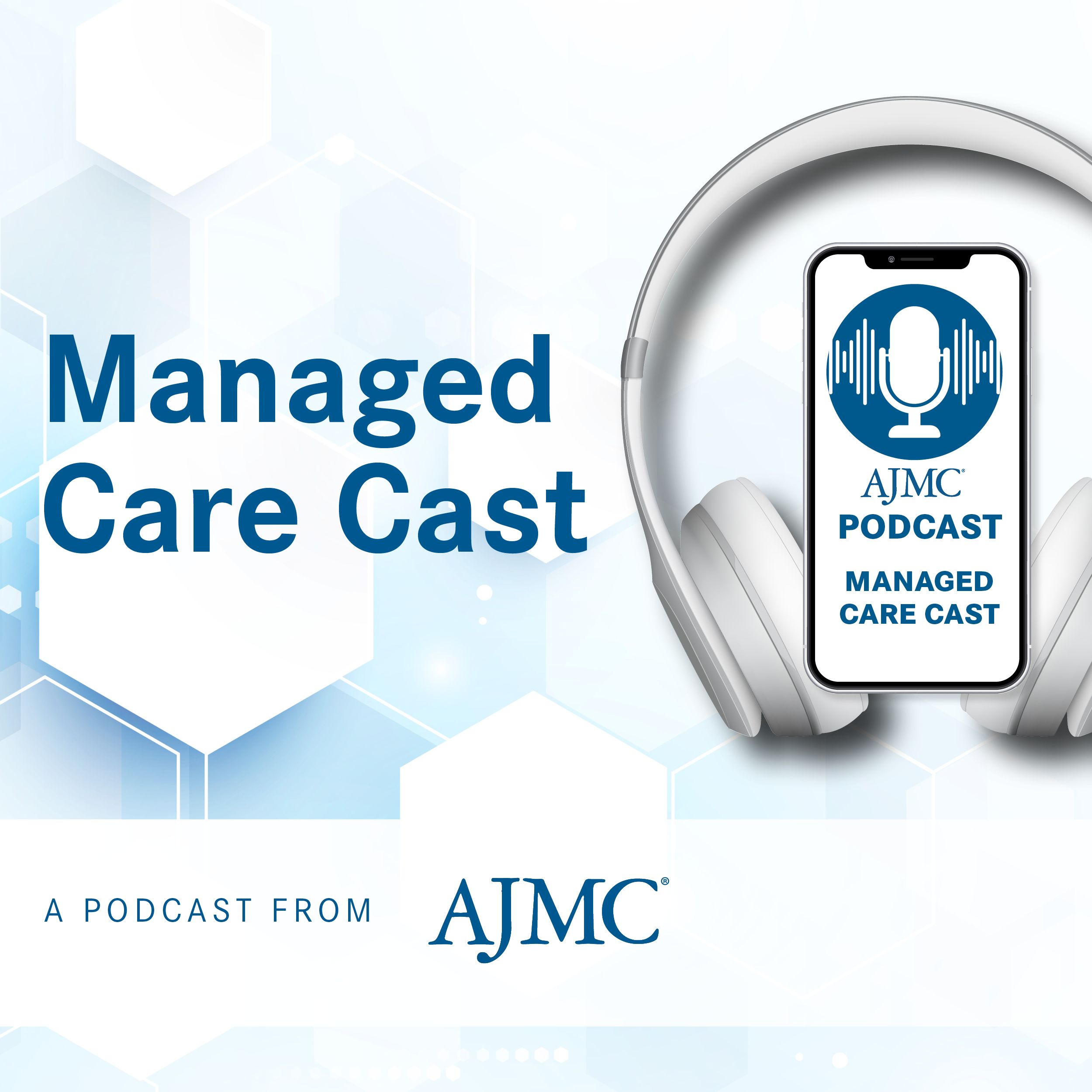Commentary
Article
Dr Ty J. Gluckman on Cardiovascular Prevention Barriers, Exciting Therapy Developments for 2025
Author(s):
Ty J. Gluckman, MD, FACC, FAHA, of Providence St. Joseph Health, emphasizes the need for better prevention of cardiovascular risks and discusses upcoming advances in glucagon-like peptide 1 (GLP-1) therapies.
Ty J. Gluckman, MD, FACC, FAHA, medical director of the Center for Cardiovascular Analytics, Research, and Data Science at Providence St. Joseph Health, explained that the current focus on acute care rather than managing or preventing risk factors, like high blood pressure and diabetes, is hindering the improvement of cardiovascular prevention efforts.
Looking forward to 2025, he noted that advancements in pharmacotherapy, especially with glucagon-like peptide 1 (GLP-1) receptor agonists and combination therapies, offer promising potential for managing cardiovascular risks and improving patient outcomes.
This transcript has been lightly edited for clarity.
Transcript
What are some of the most prevalent barriers to improving prevention efforts for patients with cardiovascular risks?
There is absolutely no question that some of the most prevalent chronic conditions are those that put people at risk for cardiovascular disease; it still to this day is the number one killer of men and women alike. I think, disappointingly, so much of cardiovascular care and, in particular, focus on quality improvement has been acute care-focused.
Don't get me wrong, so many of these initiatives have helped to drive significant improvement, whether it be reduced readmission, preventing complications for those in the hospital, and/or improving the longevity of those who suffer conditions like a heart attack. That being said, so much of the problem exists well upstream from that in terms of helping to either manage or, ideally, prevent the development of the most common risk factors: high blood pressure, high cholesterol, and diabetes, just to name a few.
I think we need a pause, a moment, to refresh and refocus our efforts and really find ways to engage specialists in population health efforts to be able to drive improvement in the control of risk factors or the prevention of risk factors overall. To date, we really haven't incented or created a sufficient way in which to engage our specialists in these population health efforts as much as we otherwise should.
Have we seen a rise in high-risk patients with cardiovascular disease in the post-pandemic period?
There's no question that the pandemic itself accelerated a lot of challenges. Patients may not have been taking advantage of efforts, whether it be through screening or control of their risk factors. We saw a rise in blood pressure, on average, in populations during the pandemic. As we've come out from the pandemic, I think there's been a refreshed focus on what we should have been doing, what we were doing beforehand, and what we're doing going forward.
I think the challenge, increasingly, is that we continue to have an aging population where multi-morbidity ends up being more the norm rather than the exception. So, individuals who have multiple cardiometabolic, renal, and other forms of cardiovascular risk factors. In addition to that, these are individuals who have, to some degree, lesser control and greater challenges overall.
In addition, our infrastructure to support this is challenging. I saw patients in the clinic yesterday, and patients struggle to access primary care clinicians just to be able to enter into the health care system. So, as we unintentionally create barriers or challenges for patients to be able to access care for long-term chronic disease management, it makes it challenging for all of us.
What changes in the cardio-renal-metabolic space are you keeping an eye on for 2025?
I think the greatest excitement is that we are seeing a panoply of therapies that are coming out, mostly in pharmacotherapy, less so in the device-based area, in this regard. One of the unifying conditions that underlies so many of these conditions are overweight and obese states. The therapies that were accelerated by the GLP-1 receptor agonists but now are combination therapies; either 2 or 3 combination therapies that are in the pipeline really hold tremendous promise for access and affordability.
These therapies represent a huge challenge for clinicians and patients alike. As we're able to be able to get over that hump, I think we'll be able to see people achieve meaningful improvements in their weight and their control of other cardiometabolic risk factors that will prove valuable for patients, not only in the present time but for years to come.
Newsletter
Stay ahead of policy, cost, and value—subscribe to AJMC for expert insights at the intersection of clinical care and health economics.




